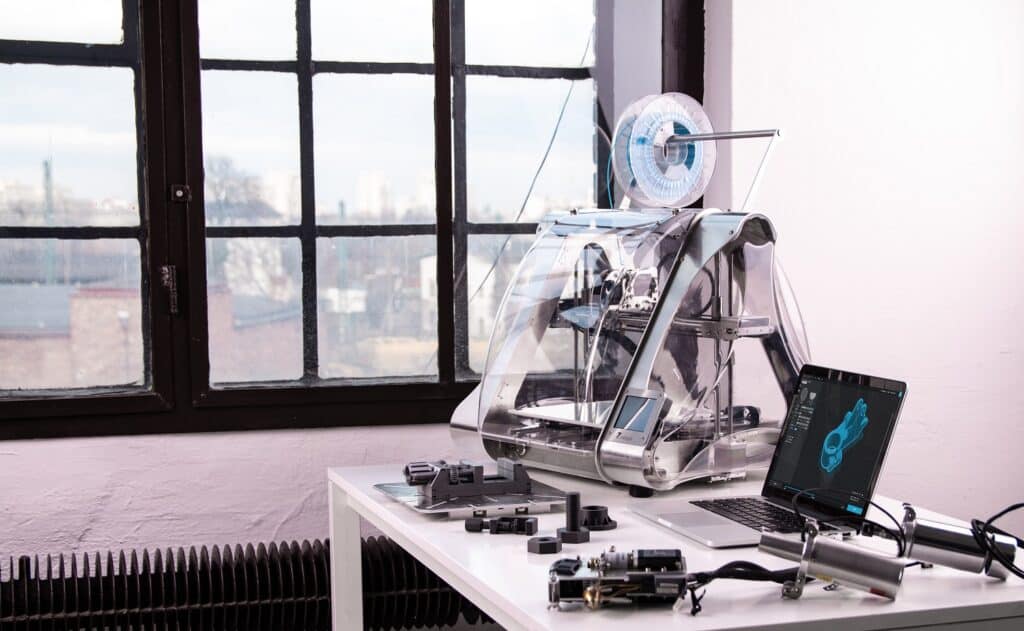CNC milling technology is a true precision craft that stands out in the vast world of modern manufacturing. It’s an important player in the manufacturing landscape with undeniable significance. In this article, we will understand some key components about CNC milling, and further we will cover how it distinguishes itself from other machining methods. We will also see how Shamrock Precision is an industry leader that provides the best around the globe.
Defining CNC Milling
Before going into technical details, let’s understand what CNC Milling is and the basics. CNC milling is a machining process with a blend of automation and precision. CNC is short for Computer Numerical Control. We essentially start with a digital blueprint and brings design to life with unmatchable accuracy and precision.
CNC Milling Process
A computer-controlled workspace known as a CNC machine is at the heart of CNC milling. This machine interprets the design and to sculpt the material into desired shape it orchestrates the movement of cutting tools. These tools move with rhythm and precision, and as a result, we get intricately crafted components.
CNC Milling vs. Other Methods
CNC Milling vs. Manual Milling
In the past, skilled machinists controlled the milling process manually. This was considered the norm. With the passage of time and evolution of the CNC milling process, automation started and human error reduced. As a result, we get greater precision and faster production.
CNC Milling vs. CNC Turning
CNC Turning is another important technology used in the manufacturing world. With CNC milling, materials are removed to create the shapes or products. On the other hand with CNC turning, a workpiece is rotated and stationary tools are used to cut the required unwanted materials. Each method has its own specific applications.
CNC Milling vs. 3D Printing
Both are different approaches for crafting parts. With CNC milling, parts are carved from raw material, while in 3D printing, layers are built up to craft objects. Which approach to follow depends upon different factors such as materials, precision and project requirements.
CNC milling is used in versatile parts and capable of working with a wide range of materials from metals to plastics. It is used in various industries such as aerospace, electronics and the automotive industry. It can handle complex geometries and can bring intricate and sophisticated designs.
Conclusion
CNC milling is a beacon of precision and efficiency in the world of modern manufacturing. It has redefined the manufacturing landscape, offering unparalleled accuracy and versatility. As we wrap up our journey into the world of CNC milling, let's not forget the contributions of industry players like Shamrock Precision, who have played a pivotal role in advancing this craft. CNC milling is here to stay, and shaping the industries that rely on it offer a promising an exciting future of possibilities.

